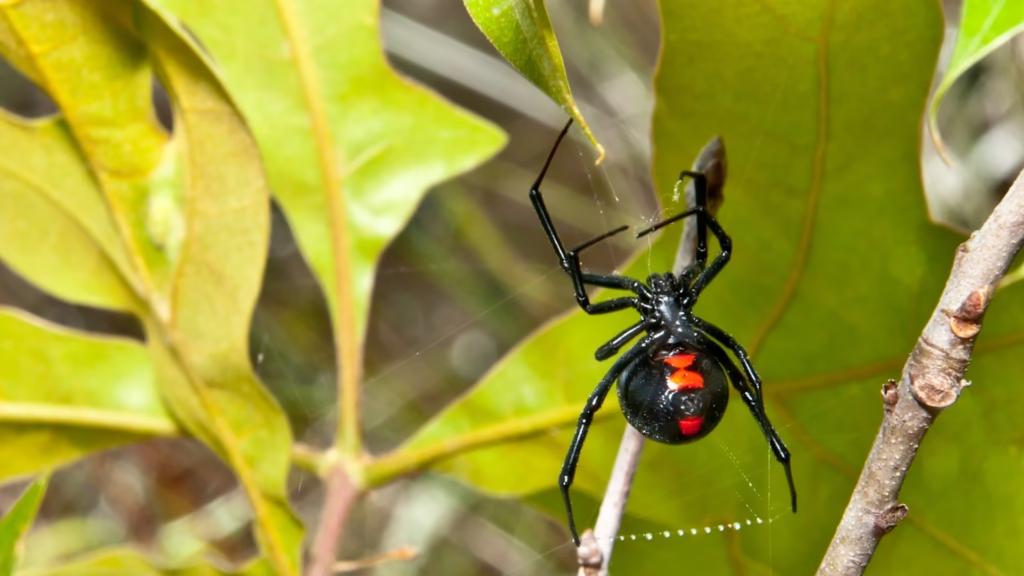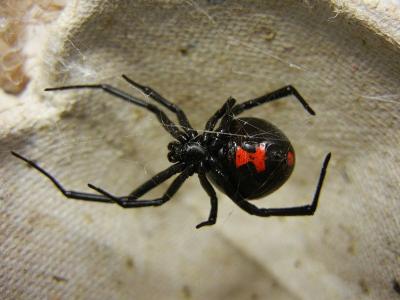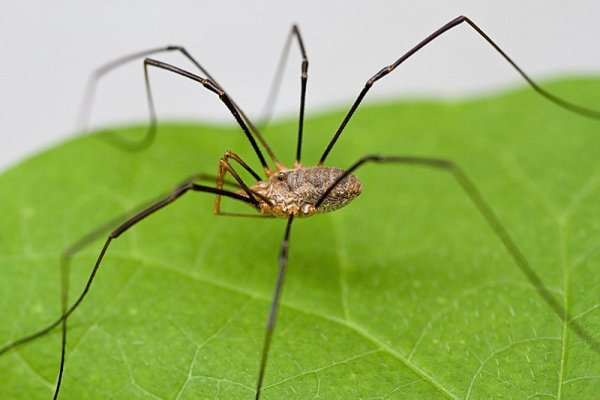Spider Species
- Check below to learn about the different species of spiders commonly found in the Post Falls and Spokane area.
Have a Question About Spiders?

Hi! We’re Brock and Blake, your neighbors. We own Spud Pest Control. If you have a question about a pest use the buttons below to call or text us!
- Check below to learn about the different species of spiders commonly found in the Post Falls and Spokane area.
Common Spiders In The Post Falls and Spokane Area
Spider silk is truly incredible, stronger than steel of the same weight, and capable of stretching up to five times its length without breaking. Interestingly, not all spiders rely on webs, wolf spiders actively hunt their prey, and jumping spiders are agile hunters who pounce on their targets. Plus, some spiders have the ability to regenerate lost limbs, although it can take a couple of months for them to fully grow back. eliminated with professional baits and liquid insecticides. In some severe cases, compromised wood may need to be replaced for a complete solution.


Black Widow Spiders
- Color: Black (red hourglass mark)
- Size: 1.5 Inches
- Location: Dark Secluded Areas
Black Widows are shiny, jet-black spiders with a distinctive red hourglass shape on their abdomen. Females are larger, about 1.5 inches including leg span, while males are much smaller. They prefer dark, undisturbed areas such as basements, attics, or sheds. Though their bites are venomous, they are rarely fatal to humans but can cause significant pain and muscle cramps. They typically only bite in self-defense.


Wolf Spiders
- Color: Brown – Gray
- Size: 1 – 1.5 Inches
- Location: Grassy/Leafy Areas
Wolf spiders are large, often reaching 1 inch or more in body length, and they have a hairy, robust build. Their coloring varies from brown to gray with darker markings, and they usually have a distinctive stripe pattern along their backs. These spiders are active hunters, meaning they don’t build webs but instead chase down their prey on the ground, often under rocks, logs, or in leaf litter. They can bite, but their venom is not dangerous to humans.


Jumping Spiders
- Color: Brown – Black (Colorful Markings)
- Size: ⅛ – ¾ Inches
- Location: Grasslands/Prairies
Jumping spiders are small, typically around ⅛ – ¾ inches, and have a stocky, compact body with large, prominent eyes that give them excellent vision. They can be brightly colored, with some species having iridescent or metallic markings. Known for their ability to leap great distances (up to 50 times their body length), they are active hunters, stalking their prey rather than using webs to catch it. These spiders are often found on plants, windowsills, or in corners where they pounce on insects.


Orb-Weaver Spiders
- Color: Reddish Brown – Gray
- Size: ¼ – 1 Inch
- Location: Around Any Vegetation
Orb-weavers are easily recognized by their large, round bodies and intricate, circular webs. These spiders come in a variety of colors, with some species being brightly colored or patterned. They are often found in gardens, near flowers, or in areas with lots of vegetation. Orb-weavers are non-aggressive and primarily spin large, geometrically perfect webs to trap flying insects. They are harmless to humans and play an important role in controlling pest insect populations.


House Spiders
- Color: Yellowish Brown – Gray
- Size: ¼ – ½ Inch
- Location: Attics/Basements/Garages
House spiders are typically small, ranging from 0.25 to 0.5 inches in body length, and they are usually light brown or gray with a somewhat translucent or patterned appearance. They spin irregular, messy webs in corners, basements, attics, and sometimes around windows or doorframes. These spiders are not dangerous but may cause discomfort if found unexpectedly. They feed on small insects and other pests and are a common sight in homes.


Daddy Long Leg Spiders
- Color: Brown – Gray
- Size: ¼ – 3 Inches
- Location: Forests/Caves/Man Made Structures
Daddy Long Legs, or Harvestmen, are not true spiders but are often mistaken for them. They have very long, thin legs—up to 3 inches in span—and tiny, almost invisible bodies. Unlike spiders, they do not produce silk or spin webs. These spiders are typically found in dark, damp places like basements, under rocks, logs, or leaves. They are harmless to humans and feed on decaying organic matter, small insects, and mites.


Yellow Sac Spiders
- Color: Yellow – Cream
- Size: ¼ – 1/2 Inch
- Location: Gardens/Vegetation
Yellow sac spiders are small, pale yellow or cream-colored spiders, about 0.5 inches in size. They are often mistaken for the more common house spider but can be identified by their elongated bodies and slightly translucent appearance. These spiders typically create small, sac-like webs where they rest during the day, usually in corners, behind furniture, or in plant leaves. They are active hunters at night and are known for their quick movements. While not as venomous as the black widow, their bites can cause mild to moderate irritation or a rash.
SPIDER FAQ's
Are the spiders in my home dangerous?
Depending on the type of spider in your home, they could be dangerous. For example, if bitten by the black widow there would be a great deal of pain and potentially muscle cramps.
Why do I have so many spiders in my house?
There are many reasons why spiders make their way into your home. For the most part, it comes down to them having a sustainable food source inside to thrive on.
What's the best way to get rid of spiders?
As pest control professionals our recommendation for getting rid of spiders is to use a controlled-release pesticide. This means it has a higher effect on spiders for a longer period of time.
How do I prevent spiders from coming back?
The best way to ensure you don’t have spiders come back is to have your home regularly treated by a pest control professional.
Are spider treatments safe for pets and children?
Yes, when done by pest professionals that have the knowledge of how to use the products according to the label.
Will spider sprays kill them instantly?
If the spider is sprayed directly it will die within a few minutes. In other cases where spiders come into contact with the residual of the product it may take several hours.
Can I keep spiders away naturally?
It is said that certain essential oils have the ability to repel spiders. However, spraying enough of these oils and doing it frequently enough may be where you run into a problem.
